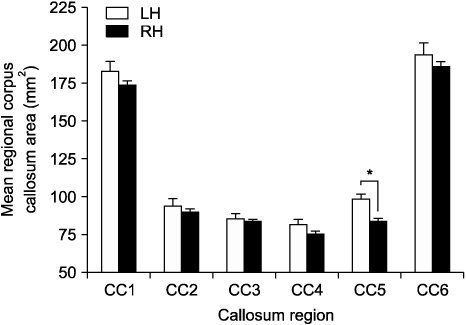Brain Neurorehabil.
2012 Mar;5(1):19-23. 10.12786/bn.2012.5.1.19.
Generalization of Treatment Effect on Motor Learning after Stroke
- Affiliations
-
- 1Department of Rehabilitation Medicine, Pusan National University Hospital, Korea.
- 2Department of Rehabilitation Medicine, Pusan National University School of Medicine and Research Institute for Convergence of Biomedical Science and Technology, Pusan National University Yangsan Hospital, Korea. rmshin@pusan.ac.kr
- KMID: 1965894
- DOI: http://doi.org/10.12786/bn.2012.5.1.19
Abstract
- Approximately two thirds of stroke survivors have residual neurological deficits that persistently impair function. Hence, alternative strategies are needed to reduce the long-term disability and functional impairment from severe weakness of limbs. Generalization of treatment effect takes place when the effects of the therapy spread to a variety of related behaviors and similar movements. And the transfer effect that training of the limbs on one side of the body appeared to be shared by those on the other side simultaneously. The two concepts are closely linked together. These forms of learning are organized through a higher-level cerebral mechanism and can be associated corpus callosum. Several promising new rehabilitation approaches such as bilateral training are based on the transfer effect. The purpose of this review is to introduce transfer effect of treatment on motor learning after stroke.
Keyword
MeSH Terms
Figure
Reference
-
1. The Forth Korea National Health and Nutrition Examination Survey (KNHANES IV-2). 2008. Korea Centers for Disease Control and Prevention.2. 2010 Annual Report on the Cause of Death Statistics. 2011. Statistics Korea.3. Fechnbh GT. Beobachtung, welche zu boweisen scheinen dass durch die Uebung der Gheder der einen Seite die der andern Zugleich mit geubt werden Ber d kgl-sach Cresd Wiss. Mathphys Cl. 1858. 10–70.4. Lamantia AS, Rakic P. Cytological and quantitative characteristics of four cerebral commissures in the rhesus monkey. J Comp Neurol. 1990. 291:520–537.5. Witelson SF. Hand and sex differences in the isthmus and genu of the human corpus callosum. A postmortem morphological study. Brain. 1989. 112:799–835.6. Volkmann V. Uber den Einfluss der Uebung auf das Erkentnisses raumlicher Distanzen Ber d kldgsach Ges d Wiss. Mathphy Cl. 1868. 10:38.7. Bryan WL. On the development of voluntary motor ability. Am J Psychol. 1892. 6:125–204.8. Bray CW. Transfer of learning. J Exp Psychol. 1928. 11:443–467.9. Davis WW. CROSS-EDUCATION. Science. 1899. 10:20–21.10. Potter SM, Graves RE. Is interhemispheric transfer related to handedness and gender? Neuropsychologia. 1988. 26:319–325.11. Driesen NR, Raz N. The influence of sex, age, and handedness on corpus callosum morphology: A meta-analysis. Psychobiology. 1995. 23:240–247.12. Moffat SD, Hampson E, Lee DH. Morphology of the planum temporale and corpus callosum in left handers with evidence of left and right hemisphere speech representation. Brain. 1998. 121:2369–2379.13. Kumar S, Mandal MK. Bilateral transfer of skill in left- and right-handers. Laterality. 2005. 10:337–344.14. Bhushan B, Dwivedi CB, Mishra R, Mandal MK. Performance on a mirror-drawing task by non-right-handers. J Gen Psychol. 2000. 127:271–277.15. Briggs GE, Brogden WJ. The effect of component practice on performance of a lever-positioning skill. J Exp Psychol. 1954. 48:375–380.16. Ausenda CD, Carnovali M. Transfer of motor skill learning from the healthy hand to the paretic hand in stroke patients: a randomized controlled trial. Eur J Phys Rehabil Med. 2011. 47:417–425.17. Hanlon CA, Buffington ALH, McKeown MJ. New brain networks are active after right MCA stroke when moving the ipsilesional arm. Neurology. 2005. 64:114–120.18. Whitall J, Waller SM, Silver KHC, Macko RF. Repetitive Bilateral Arm Training With Rhythmic Auditory Cueing Improves Motor Function in Chronic Hemiparetic Stroke. Stroke. 2000. 31:2390–2395.19. Stoykov ME, Lewis GN, Corcos DM. Comparison of bilateral and unilateral training for upper extremity hemiparesis in stroke. Neurorehabil Neural Repair. 2009. 23:945–953.20. Coupar F, Pollock A, van Wijck F, Morris J, Langhorne P. Simultaneous bilateral training for improving arm function after stroke. Cochrane Database Syst Rev. 2010. CD006432.





